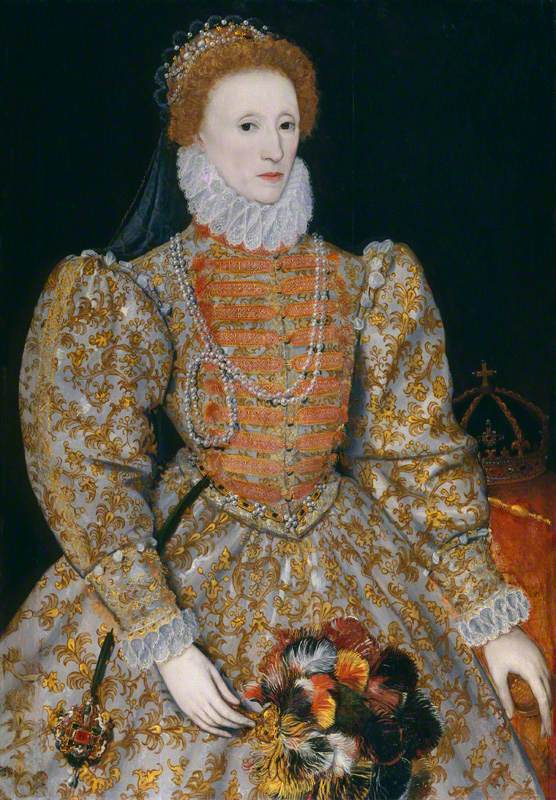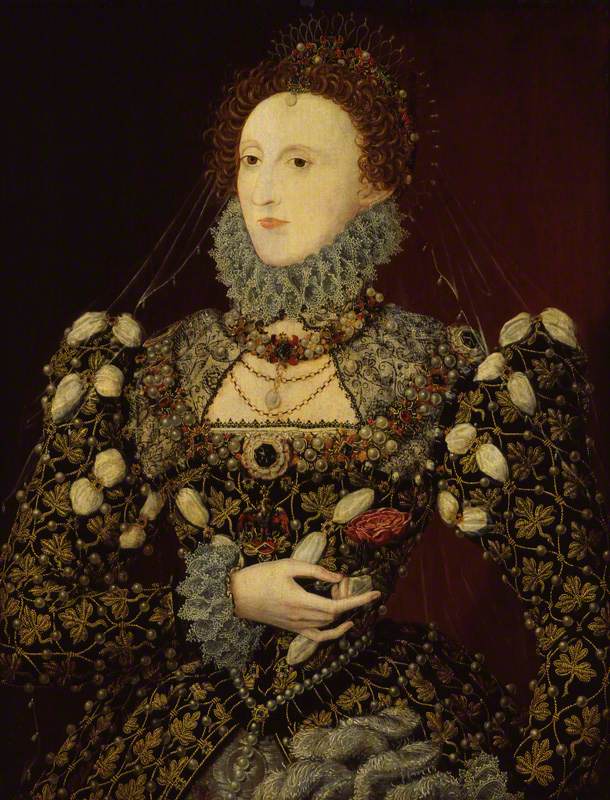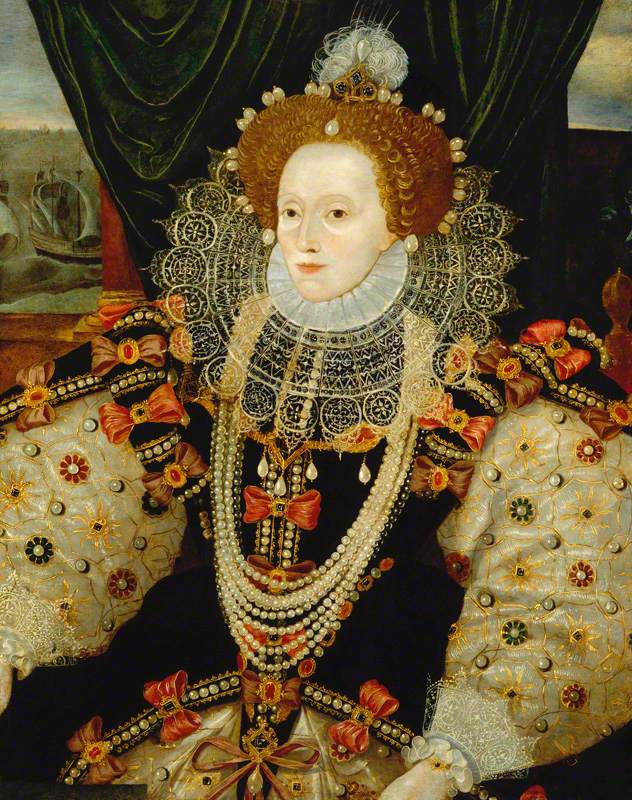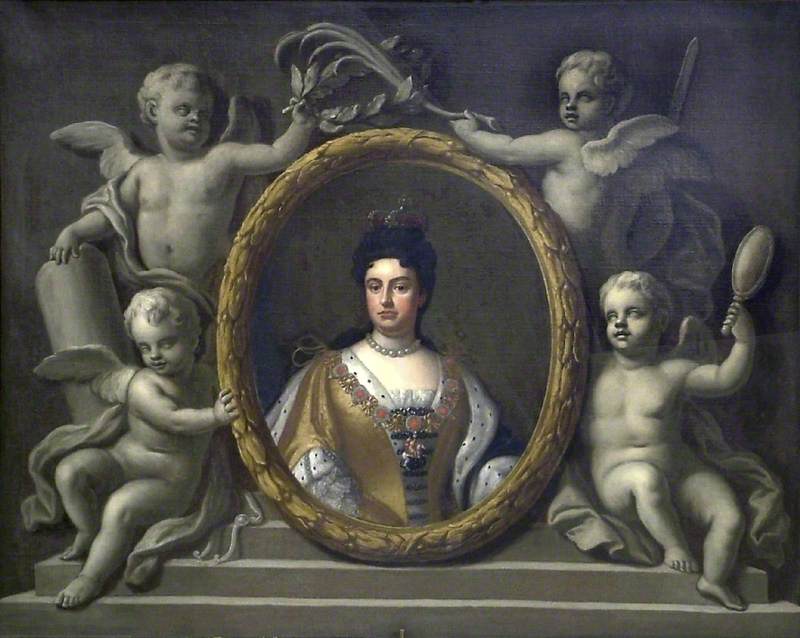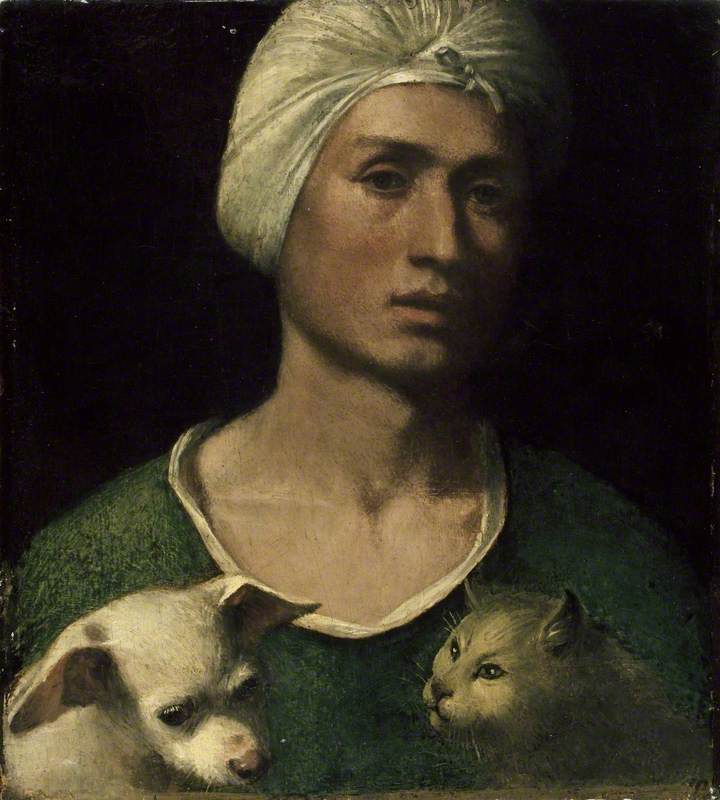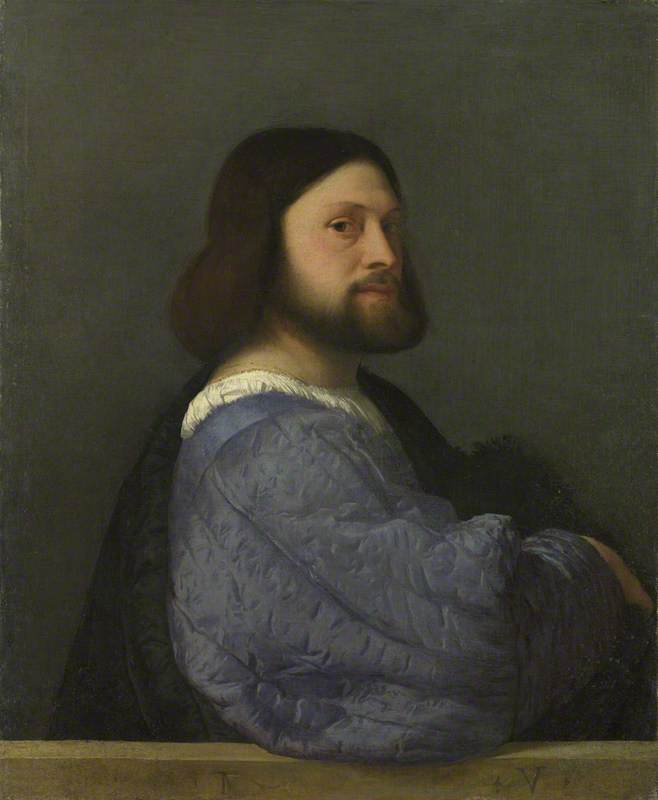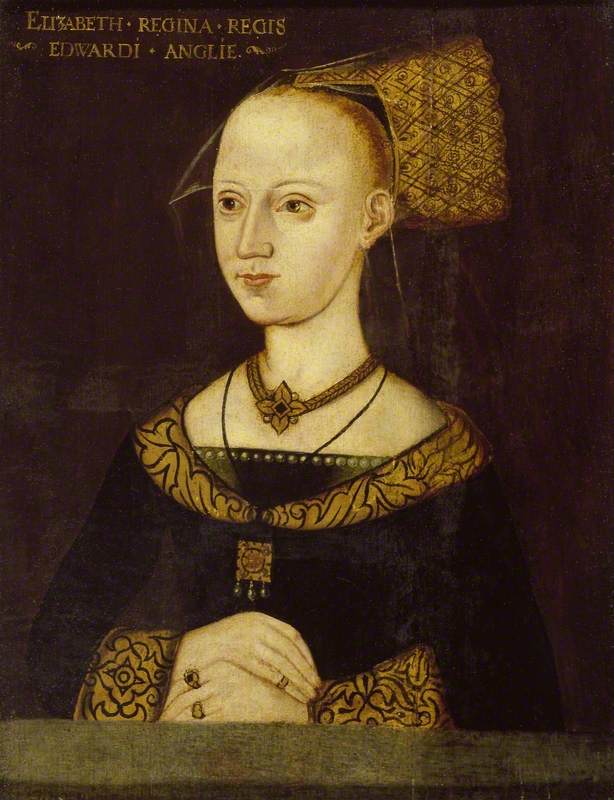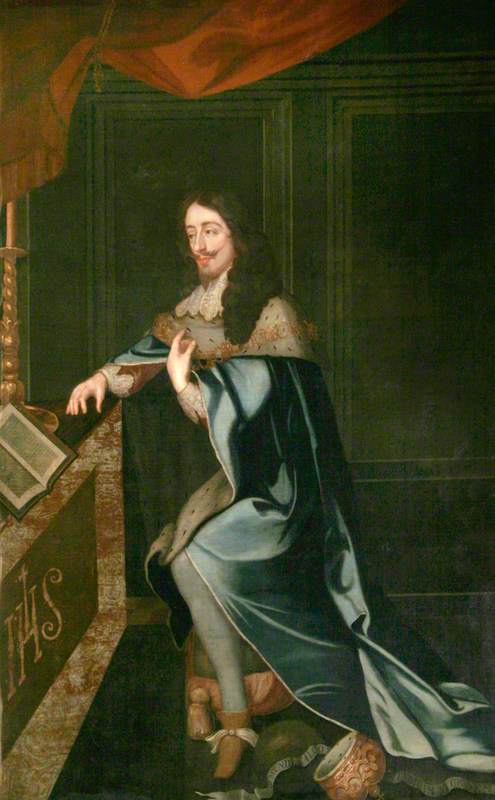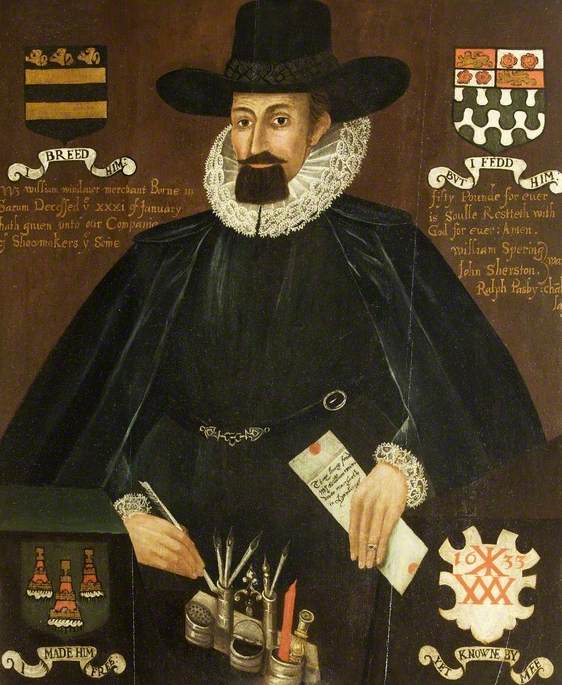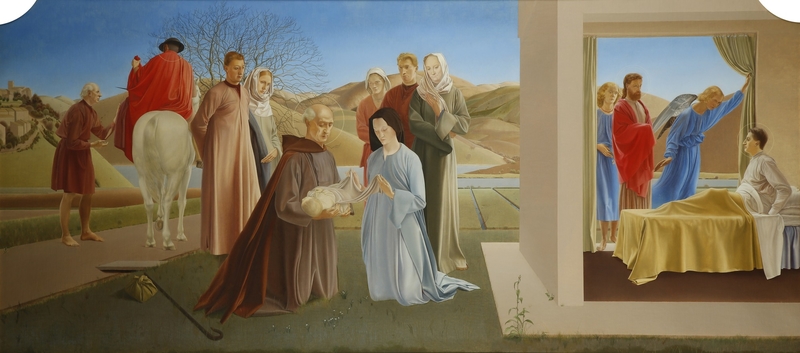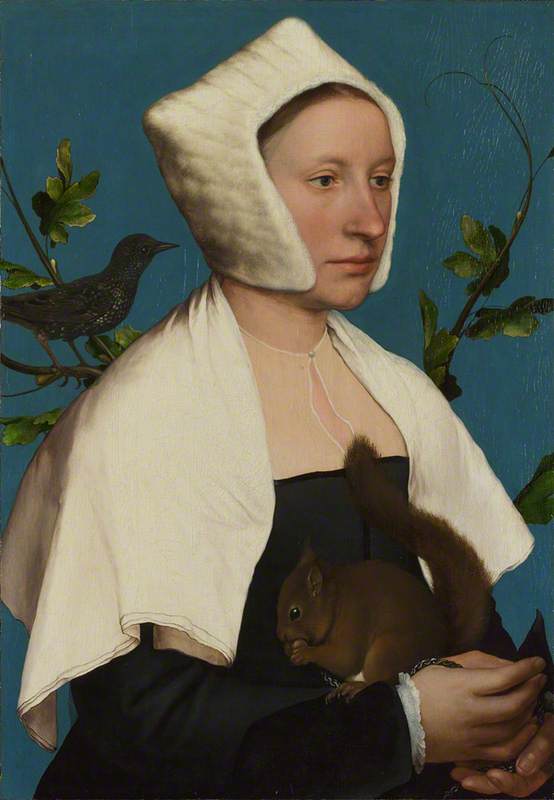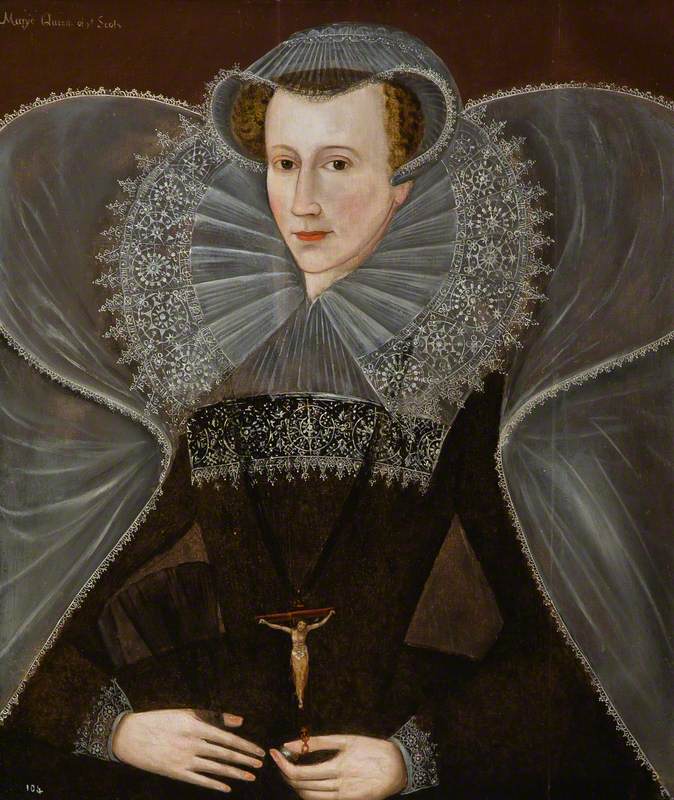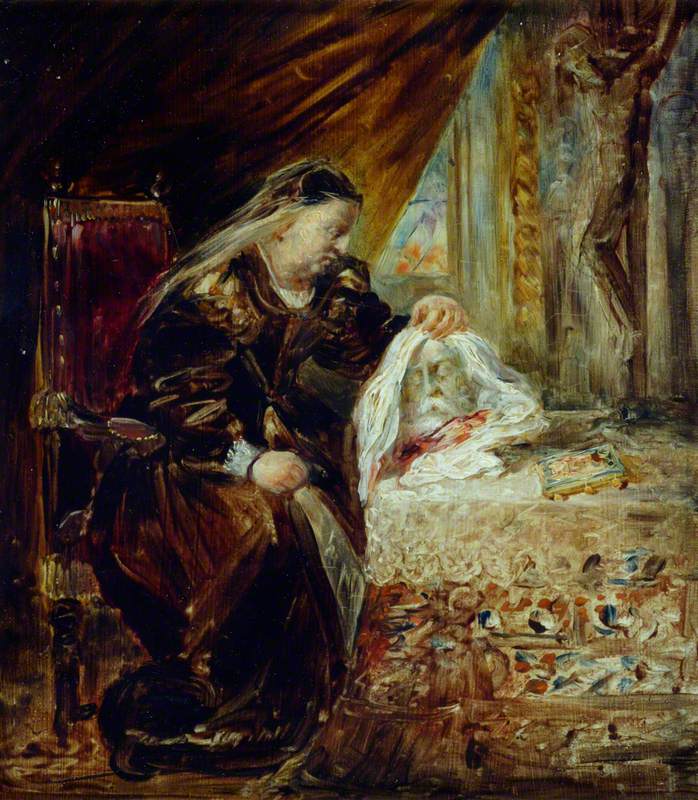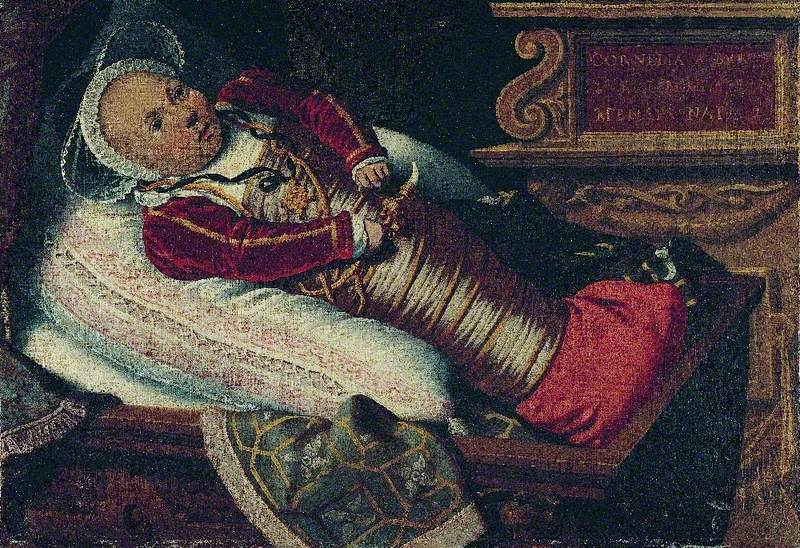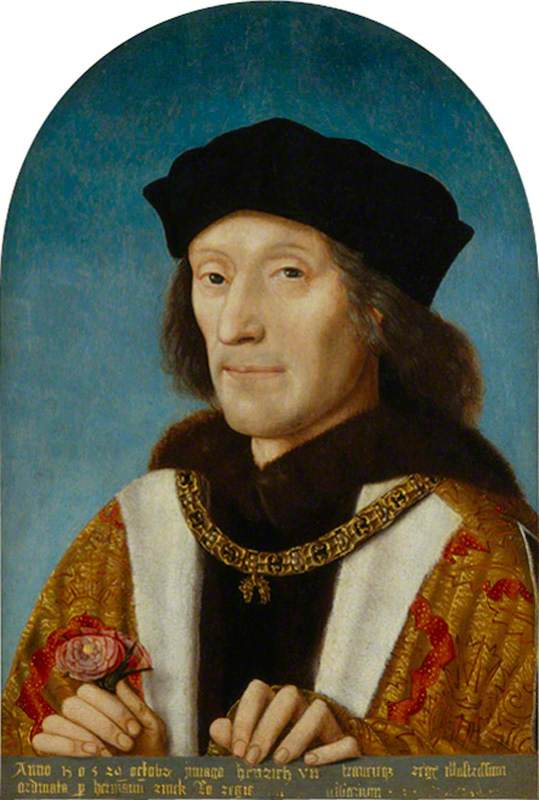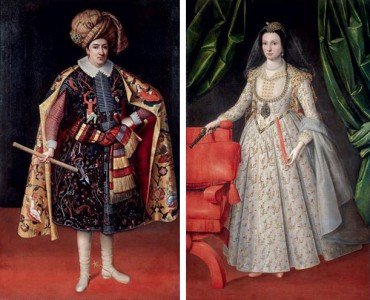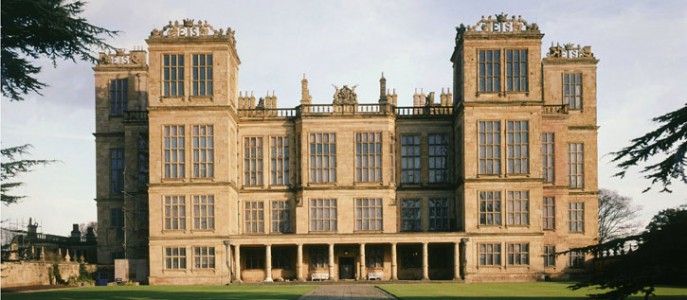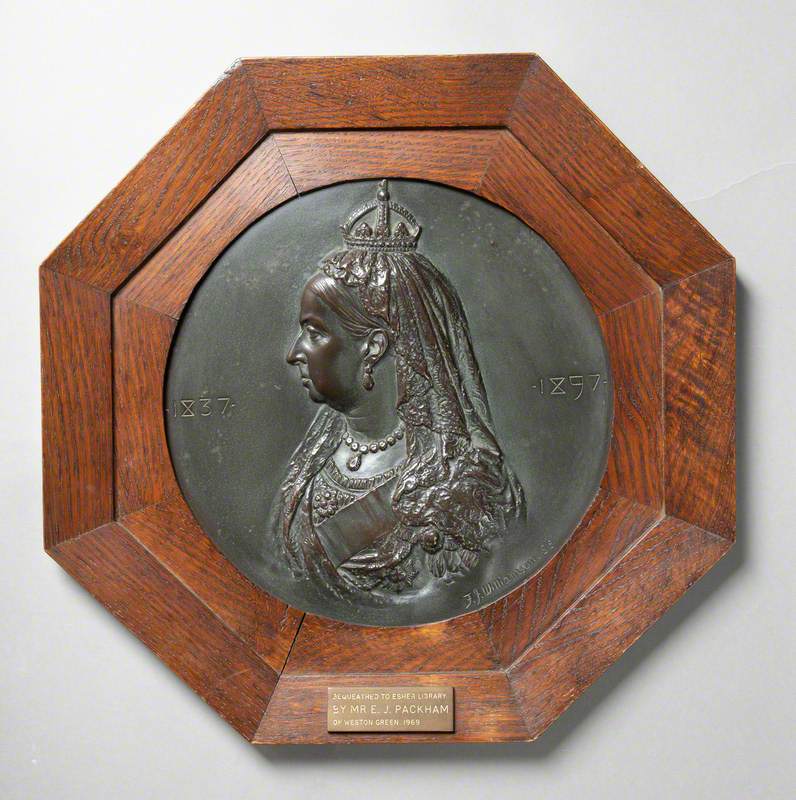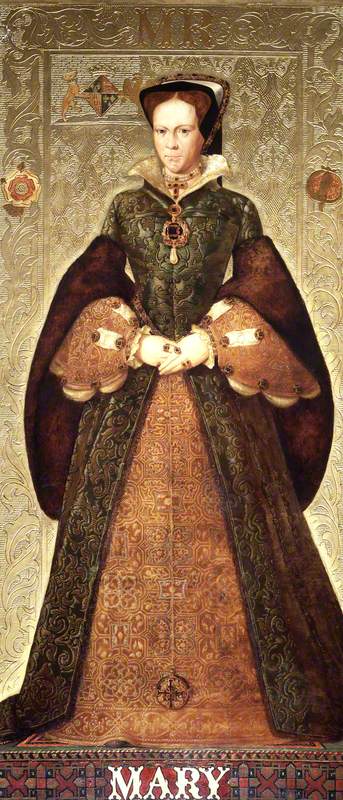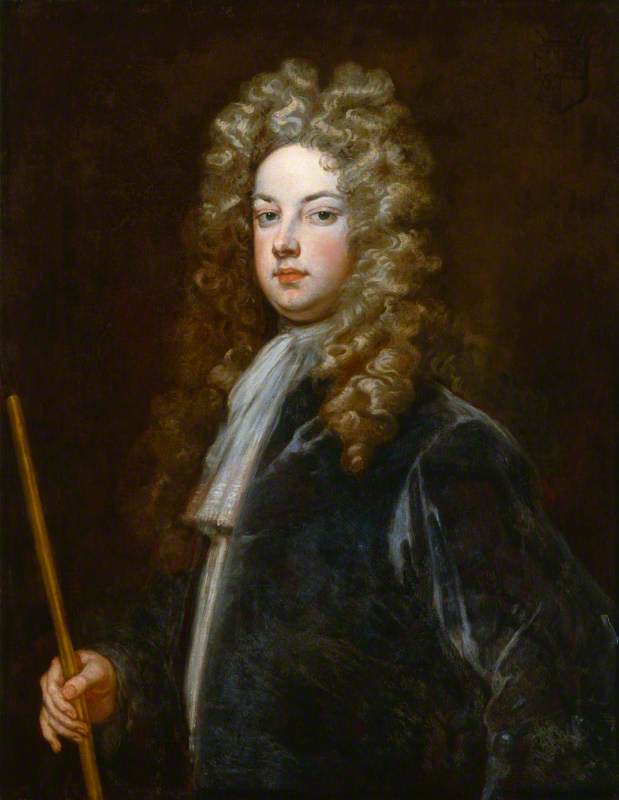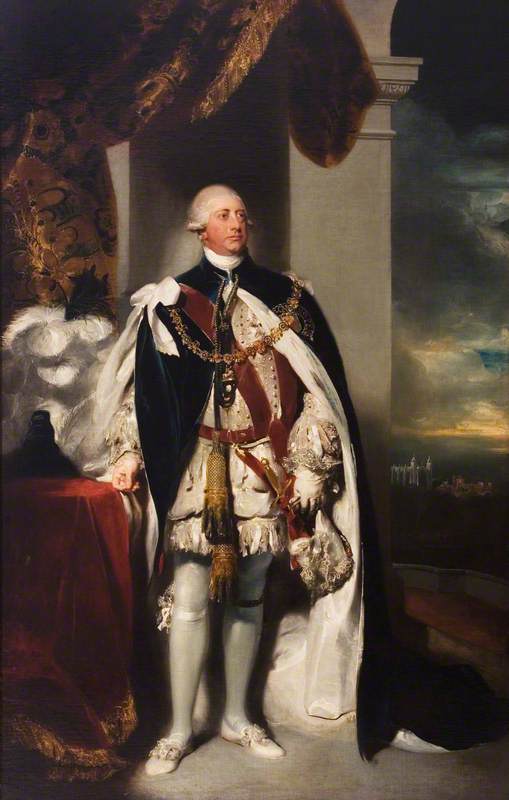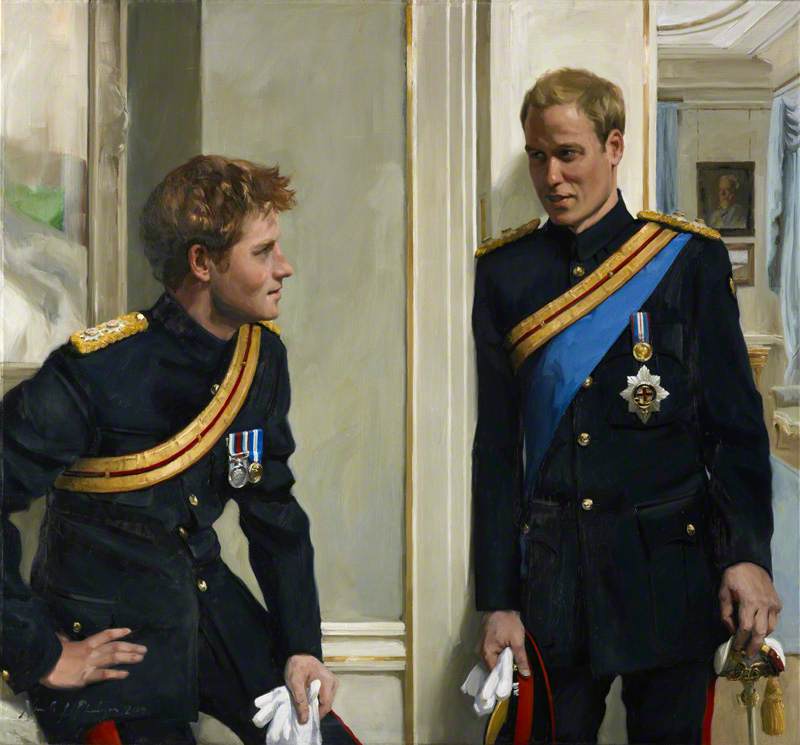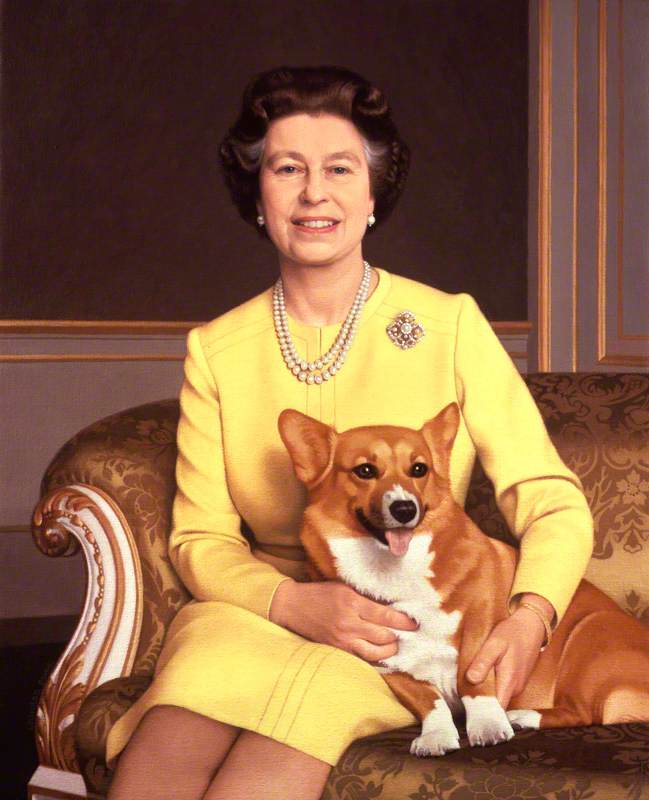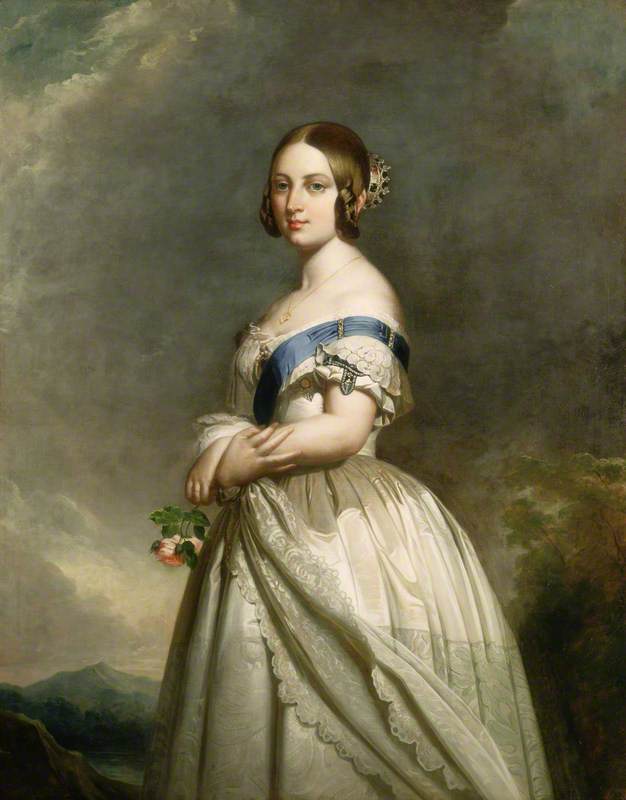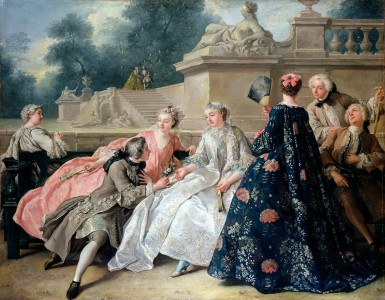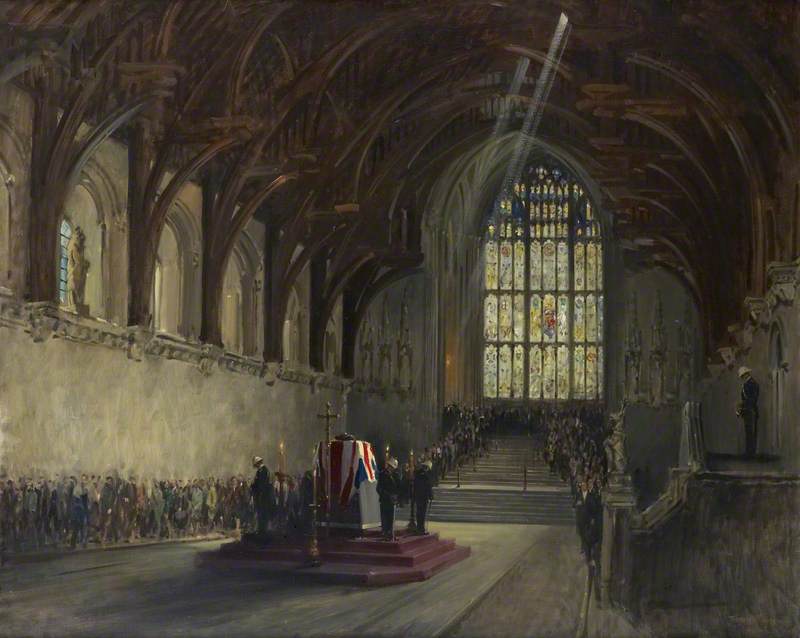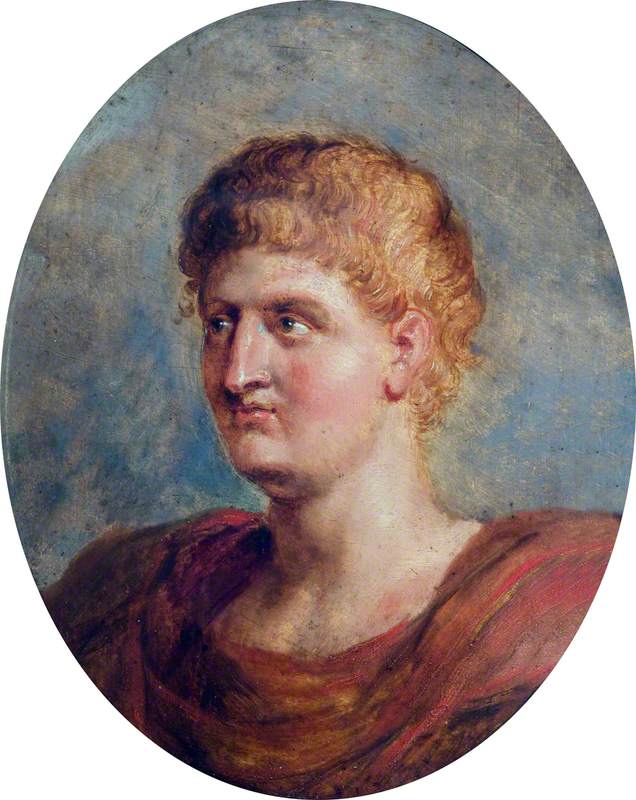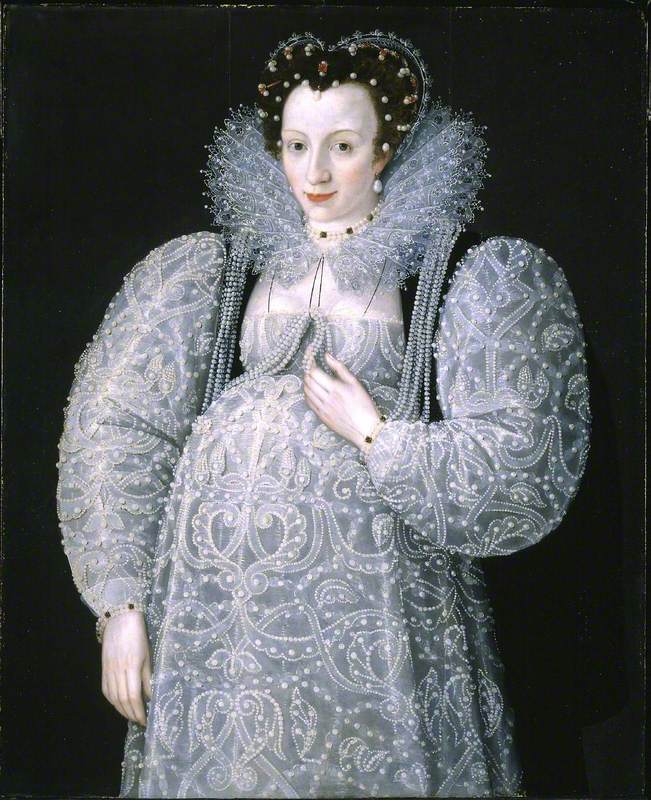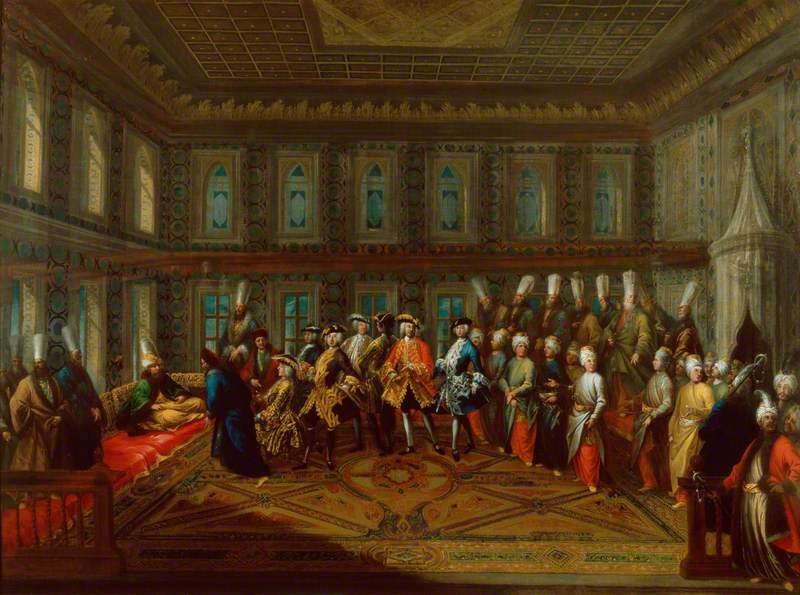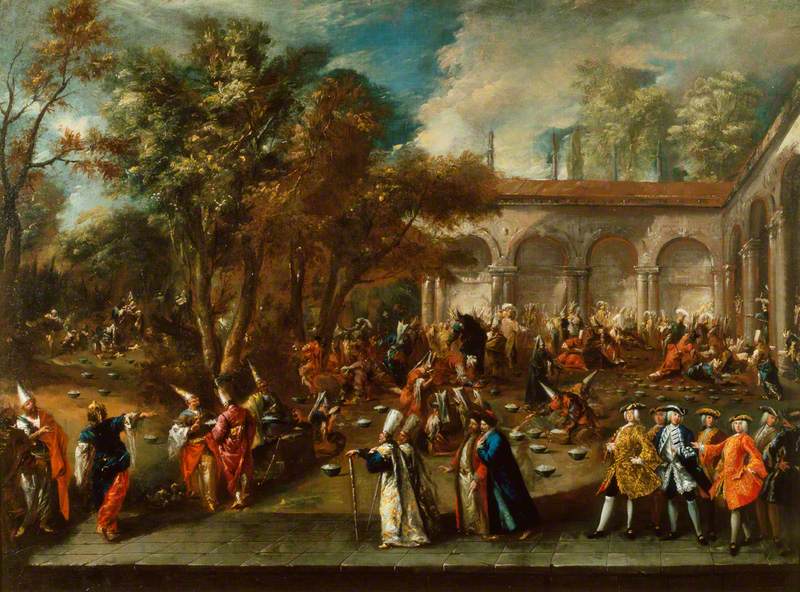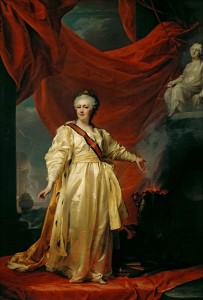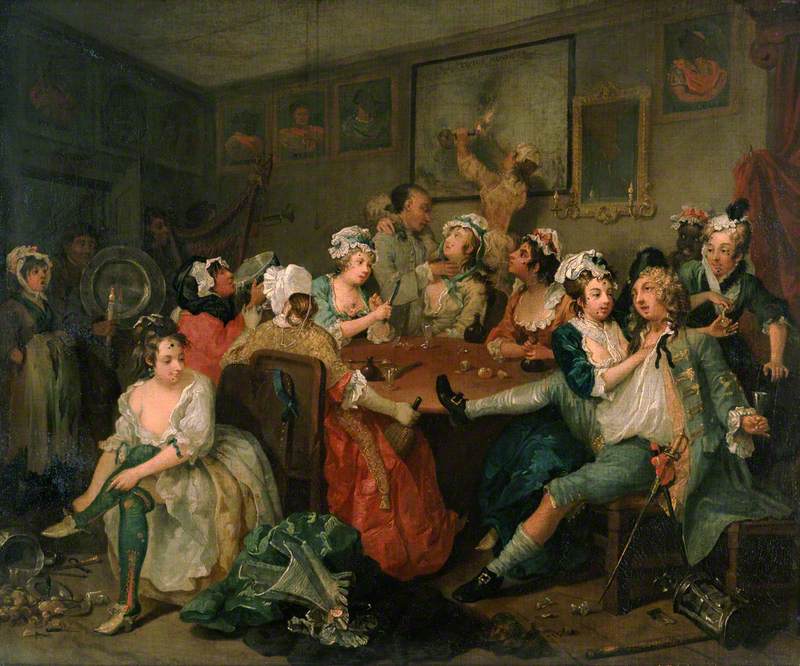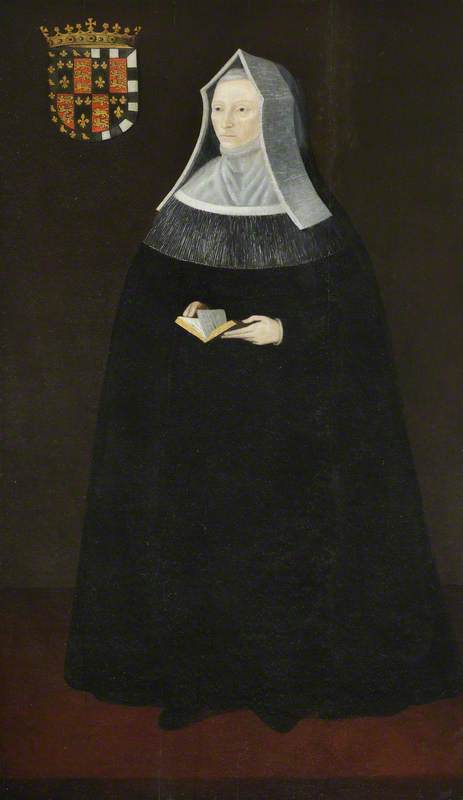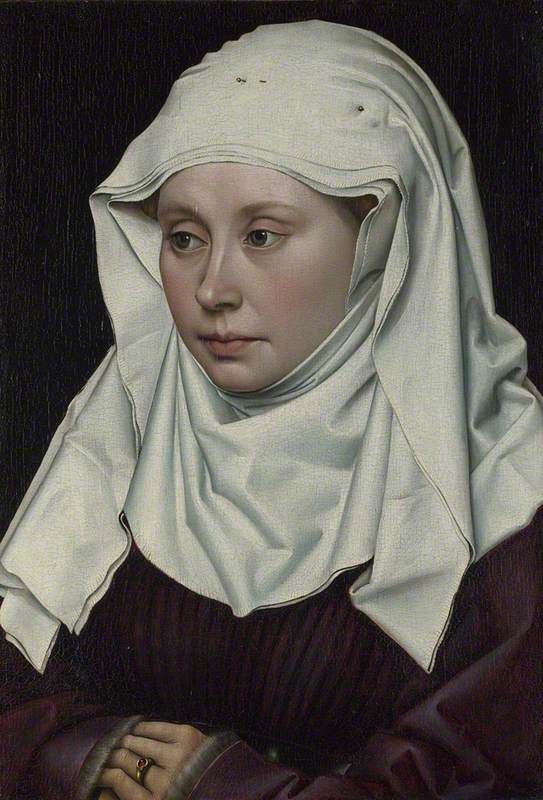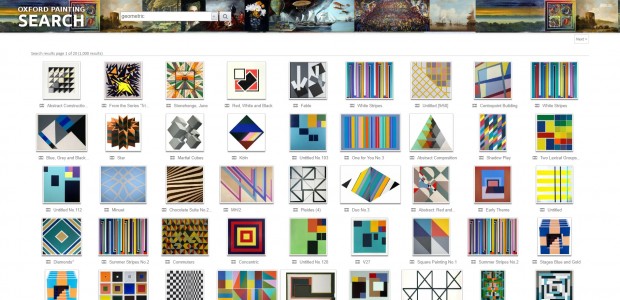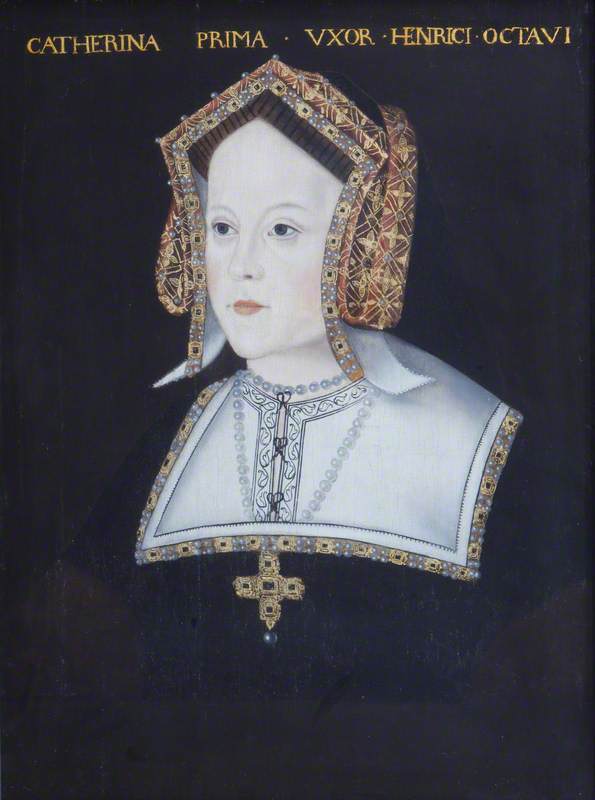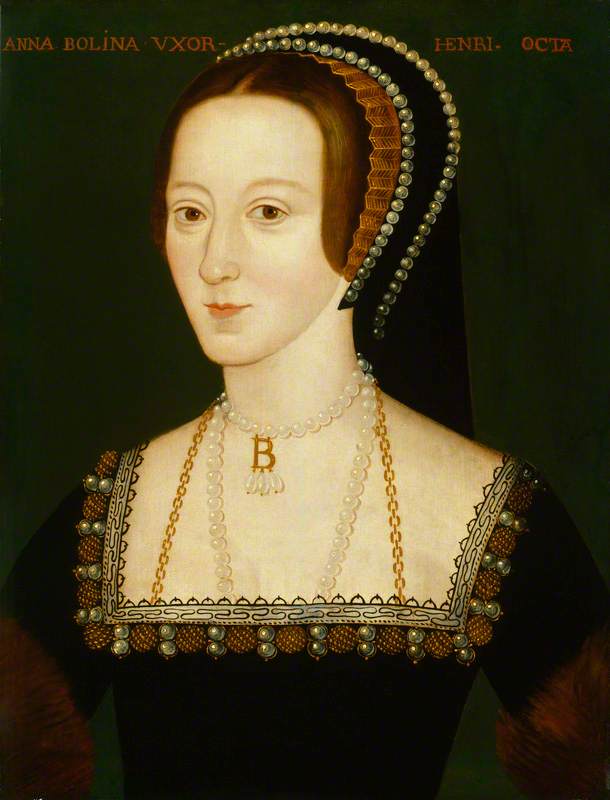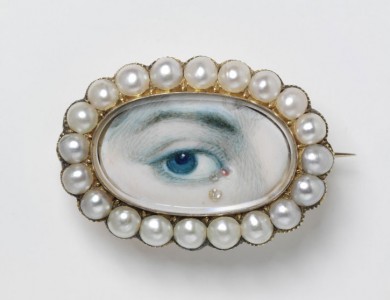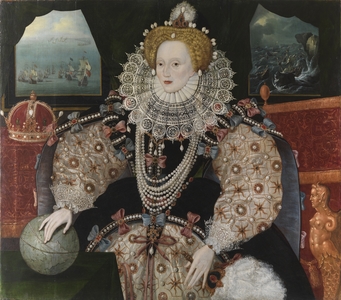In the sixteenth century a normative precondition for sovereignty was masculinity. No precedent existed for a programme of imagery representing a solitary female monarch.
Elizabeth I’s image-makers had to represent the Queen’s unusual position through a series of portraits that utilised political and religious symbolism to gain popularity by legitimising Elizabeth’s reign whilst promoting absolute female rule and at the same time undoing any damage that Mary I’s Catholic marriage and unpopular reign had caused.
Subsequently, the pictorial construction of Elizabeth’s perpetual youth and virginity left a lasting legacy of familiarity with many of these mask-like, iconic portraits, but the complex allegorical devices employed to create subtle allusions can be missed by the modern day viewer. A discussion of what these symbols and devices may have meant to a contemporary audience, whether it be Elizabeth herself, her close circle or the mass public, can provide an insight into how much value was attached to the visual imagery of the monarch.
A portrait painted in 1575 established the face pattern from which subsequent images of the Queen become notorious. The mask-like face is more naturalistic than some of Elizabeth’s later portraits, creating the ‘mask of youth’ which is often talked about in her later years.
The medieval theory of the King’s Two Bodies, the body natural and the body politic, is an important concept with regards to Elizabeth presenting herself as a legitimate monarch. Despite the femininity of her body natural, Elizabeth could lay claim to the ‘masculine’ public virtues of rule through her possession of the body politic. This rhetoric is present within the portrait; the necklace and the fan are both ‘feminine’ accessories, drawing attention to Elizabeth’s breast and groin area and therefore suggesting her sexuality and desirability as a woman, whilst the pearls represent her purity and virginity. The sceptre and crown in the background signify Elizabeth’s body politic, establishing her status as queen and her divine right to rule.
Through Elizabeth’s image as a divinely appointed Protestant monarch, Elizabeth and her image-makers developed the representation of her as an icon. Sixteenth-century state portraiture already traditionally imbued a monarch with an otherworldly, ‘more than human’ appearance through an abstracted, formalist aesthetic. Portraits of Elizabeth played on this advantage by employing Marian imagery in the mid-1570s; since iconoclasm forbade sacred images, Elizabeth was able to displace the Virgin Mary’s imagery with her own. Mariological attributes in portraits of Elizabeth are common, indicating her virginity and chastity; she essentially becomes more than her gender. Symbols such as the Rose, the Star, the Moon, the Phoenix, the Ermine and the Pearl all feature in Elizabeth’s portraits, signifying and representing the Virgin Mary. Consequently, this emphasis of the sacredness of monarchy countered doubt in the female rule.
Elizabeth I (1533–1603): The Pelican Portrait
c.1573–1575
Nicholas Hilliard (1547–1619) (attributed to) 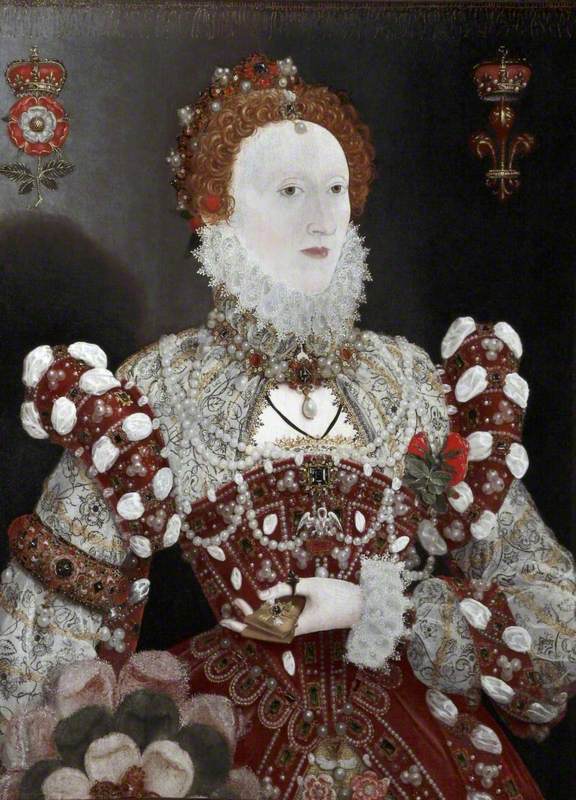
The ‘Pelican’ Portrait (c.1575), attributed to Nicholas Hilliard, presents Elizabeth in a unique position as a female to express herself as the mother of her people. Her pale face is pure and unblemished, adhering to the principles of a Byzantine Madonna. The pelican jewel on her breast signifies selfless love; the legend being that a pelican would pluck her own breast to feed her children her own blood. As Elizabeth neared an age where it was obvious she would not provide an heir, she and her image-makers needed to counter the anxiety of an open succession to the throne.
Hilliard’s sister portrait, The ‘Phoenix’ Portrait (c.1575), displays Elizabeth wearing a phoenix pendant, alluding to virginity. The myth of the phoenix claims that she bursts into flames, only to rise from the ashes to renew her dynasty, with no other party required. The image aims to reassure her subjects of her longevity as a monarch and of her celibacy and piety, again associating herself with the Virgin Mary. (Have a look at a comparison of these two portraits here on the National Portrait Gallery website).
By the time of the execution of the famous ‘Armada’ Portrait (c.1588), attributed to George Gower, Elizabeth’s ‘mask of youth’ was fully established. By this time, Elizabeth was in her mid-50s, something the ‘Armada’ Portrait does not portray. Elizabeth’s sumptuous outfit is also a culmination of the extravagant outfits she was depicted in. As a female, Elizabeth was able to use this opulence of dress to her advantage; she renders herself as a spectacle, to be adored and worshipped in her portraits.
The ‘Armada’ Portrait contains symbols of Elizabeth’s virginity and purity but also presents her as triumphant in the defeat of the Spanish Armada in 1588. The sheer size of the portrait and the space Elizabeth fills resembles Hans Holbein’s iconic portrait of Henry VIII, a mural for the Palace of Whitehall, now lost. She represents herself as a successful and truly legitimate monarch with imperial aspirations, continuing the rule of her father.
The purposeful symbols and devices used to saturate the imagery of Elizabeth I created a complex identity behind the seemingly two-dimensional portraits, indicating that Elizabeth and her image-makers had a shrewd awareness of the important role imagery played in a successful reign.
Rosanna Lawton, University College London History of Art Graduate and Art UK Volunteer
